Voyager Space deepens India ties for commercial space station plans
Monday, 10 July 2023 20:20
Voyager Space is considering using India’s proposed Gaganyaan crewed spacecraft to serve the commercial space station it aims to be operating by the end of the decade.
Space Force juggles roles as warrior and protector of space environment
Monday, 10 July 2023 20:15
In an era of great power competition and increasing global reliance on space-based assets, the U.S.
Benchmark raises $33 million in Series B round
Monday, 10 July 2023 16:48
With the money raised, Benchmark plans to shift its focus from propulsion system research and development to manufacturing and testing.
AI, quantum and nuclear technologies are key to Lockheed Martin’s vision for Space 2050
Monday, 10 July 2023 15:57
Through a project called Destination: Space 2050, Lockheed Martin executives are exploring, for example, how AI could assist scientific exploration of locations where communications with remote sensors would be disrupted by high latency.
Can space governance keep up with space sustainability?
Monday, 10 July 2023 14:29
The rapid growth in the number of space objects is testing an international governance model many in the industry worry can no longer keep up.
Guiding Aeolus' safe reentry
Monday, 10 July 2023 12:00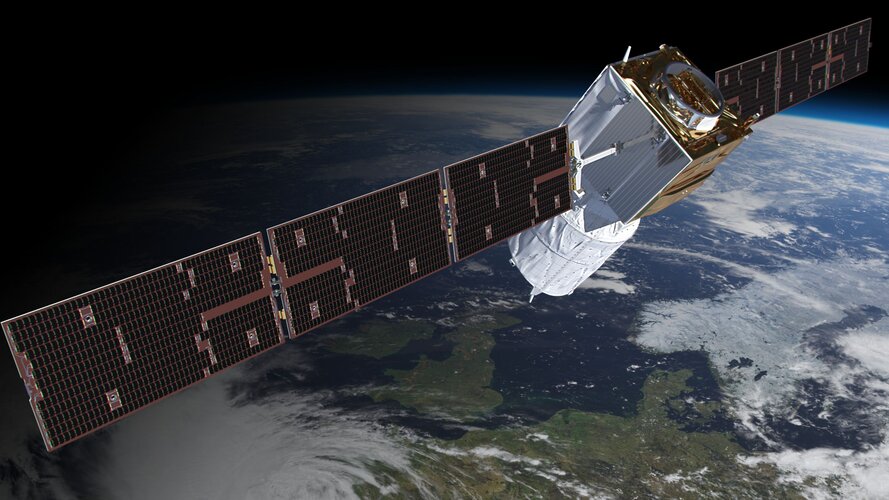
After exceeding its planned life in orbit, ESA’s Aeolus wind satellite is on its way back to Earth. The satellite is currently falling around 1 km a day, and its descent is accelerating. ESA’s spacecraft operators will soon intervene and attempt to guide Aeolus in a first-of-its-kind assisted reentry. Why is ESA doing this?
Train me to the Moon and back
Monday, 10 July 2023 09:24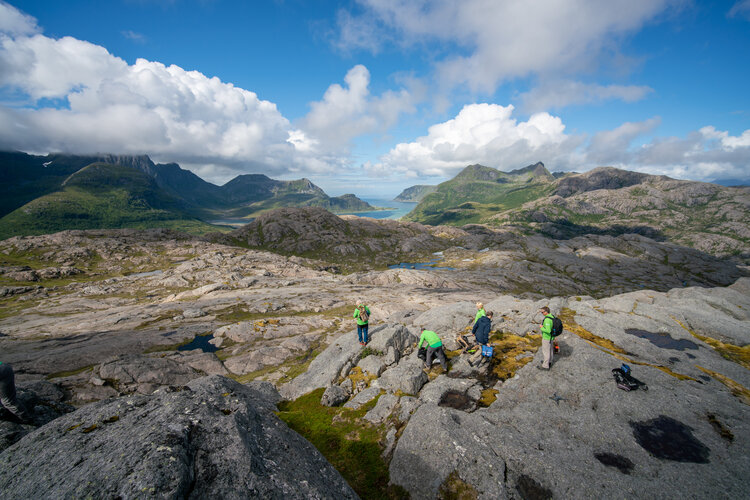
Two European astronauts are following the traces of a treasure trove of rare, Moon-like crystals in a Norwegian fjord as part of the PANGAEA geology training course.
Space for travellers
Monday, 10 July 2023 09:18
As the 2023 summer holiday season gets under way, ESA and Amsterdam’s international airport are once again giving travellers a chance to discover some out-of-this-world destinations.
Help ESA research key space-based solar power challenges
Monday, 10 July 2023 08:40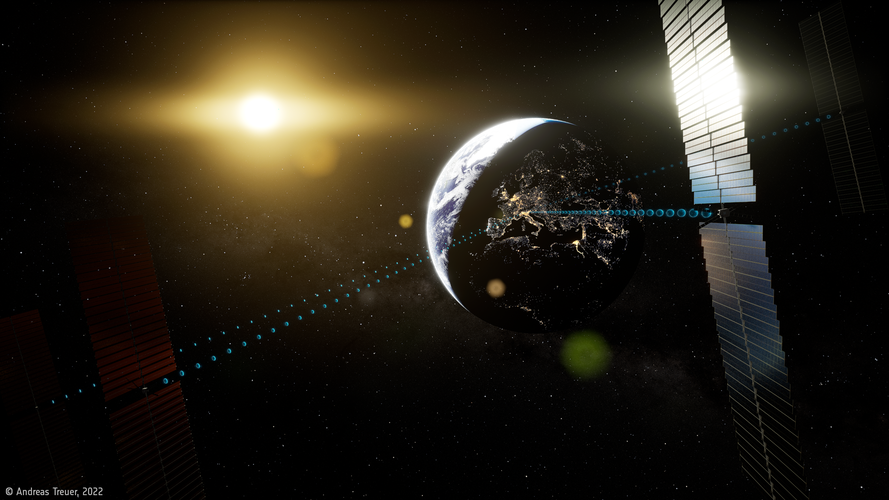
Space-based solar power could provide Earth with clean and reliable energy, 24 hours a day. As part of its SOLARIS initiative, ESA is inviting researchers to help advance our knowledge of key aspects of collecting solar power in space and wirelessly transmitting it to Earth.
Cheops shows scorching exoplanet acts like a mirror
Monday, 10 July 2023 06:00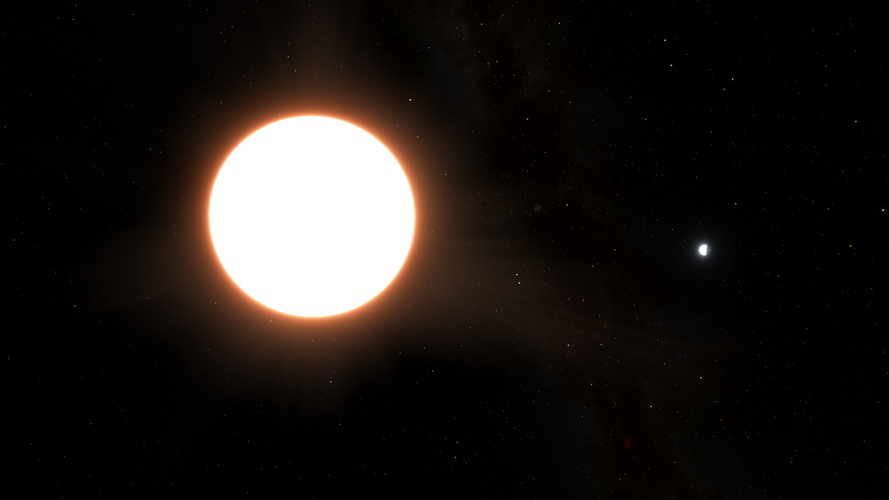
Data from ESA’s exoplanet mission Cheops has led to the surprising revelation that an ultra-hot exoplanet that orbits its host star in less than a day is covered by reflective clouds of metal, making it the shiniest exoplanet ever found.
Solar storm on Thursday expected to make Northern Lights visible in 17 states
Sunday, 09 July 2023 10:44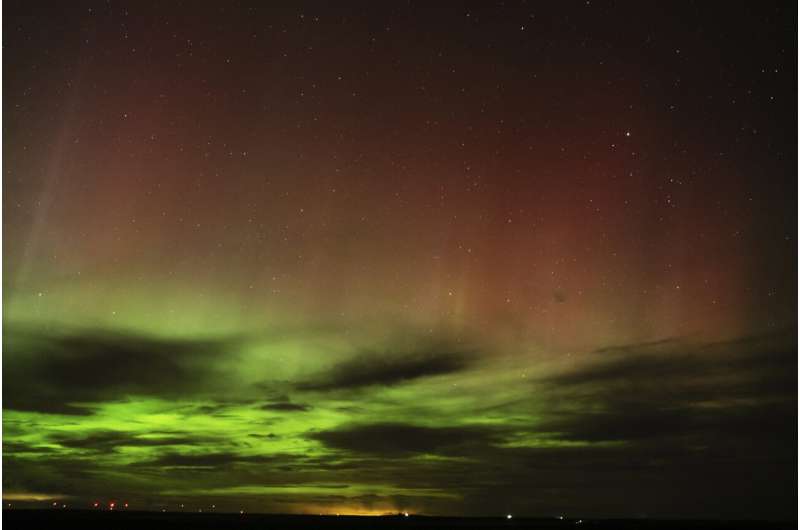
ATLAS Space launches Freedom Space for Government Missions
Sunday, 09 July 2023 08:37 ATLAS Space Operations, a front-runner in Ground Software as a Service (GSaaS) provision, is broadening its reach with the inauguration of its subsidiary, Freedom Space Technologies. This development emphasizes ATLAS's resolve to enhance space industry capabilities and support the execution of vital government missions.
The new subsidiary will be based in Colorado Springs, CO, and aims to
ATLAS Space Operations, a front-runner in Ground Software as a Service (GSaaS) provision, is broadening its reach with the inauguration of its subsidiary, Freedom Space Technologies. This development emphasizes ATLAS's resolve to enhance space industry capabilities and support the execution of vital government missions.
The new subsidiary will be based in Colorado Springs, CO, and aims to No additional radiation at cruising altitude off the coast of Brazil
Sunday, 09 July 2023 08:37 Earth's atmosphere protects aircraft passengers and crew from the effects of the South Atlantic Anomaly. At cruising altitude, there is no additional exposure to cosmic radiation off the coast of Brazil. This was confirmed by a German Aerospace Center research team during measurement flights. The results of the study, conducted as Atlantic Kiss mission, have now been published in a scientific jo
Earth's atmosphere protects aircraft passengers and crew from the effects of the South Atlantic Anomaly. At cruising altitude, there is no additional exposure to cosmic radiation off the coast of Brazil. This was confirmed by a German Aerospace Center research team during measurement flights. The results of the study, conducted as Atlantic Kiss mission, have now been published in a scientific jo AI robots at UN reckon they could run the world better
Sunday, 09 July 2023 08:37 A panel of AI-enabled humanoid robots told a United Nations summit on Friday that they could eventually run the world better than humans.
But the social robots said they felt humans should proceed with caution when embracing the rapidly-developing potential of artificial intelligence.
And they admitted that they cannot - yet - get a proper grip on human emotions.
Some of the most a
A panel of AI-enabled humanoid robots told a United Nations summit on Friday that they could eventually run the world better than humans.
But the social robots said they felt humans should proceed with caution when embracing the rapidly-developing potential of artificial intelligence.
And they admitted that they cannot - yet - get a proper grip on human emotions.
Some of the most a Canadian student rocketry group reaches new heights with Spaceport Nova Scotia's first launch
Saturday, 08 July 2023 08:20 Recently, a group of some of the brightest young minds in the fields of Canadian science, technology, engineering and mathematics (STEM) took their passion for rocketry and space to new levels as they launched their amateur high-powered rocket from Spaceport Nova Scotia.
Arbalest Rocketry, a rocketry team from Ontario's York University, made the most of a Launch Canada initiated opportunit
Recently, a group of some of the brightest young minds in the fields of Canadian science, technology, engineering and mathematics (STEM) took their passion for rocketry and space to new levels as they launched their amateur high-powered rocket from Spaceport Nova Scotia.
Arbalest Rocketry, a rocketry team from Ontario's York University, made the most of a Launch Canada initiated opportunit 
